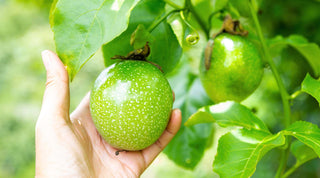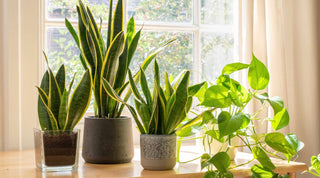Diatomaceous earth (DE) is a versatile and natural product that can be incredibly beneficial for your garden.
Made from the fossilized remains of diatoms, a type of algae, DE is a fine powder that offers numerous advantages for pest control and soil health.
What is Diatomaceous Earth?
Diatomaceous earth is a powdery substance derived from the fossilized remains of diatoms, microscopic aquatic organisms. These fossils are rich in silica, making DE a highly effective abrasive agent. It is commonly used in various industries, including gardening, due to its natural pest control properties and soil amendment benefits.
👉 Product we like: Food Grade Pure Diatomaceous Earth
Benefits of Diatomaceous Earth in the Garden
-
Natural Pest Control: DE is highly effective against a variety of garden pests, including ants, aphids, slugs, beetles, and mites. When insects come into contact with the powder, it absorbs their protective oils and dehydrates them, leading to their demise.
-
Soil Amendment: DE can improve soil structure by increasing aeration and water retention. Its porous nature allows it to hold water and nutrients, releasing them slowly to the plants.
-
Non-Toxic: Unlike chemical pesticides, diatomaceous earth is non-toxic to humans and pets. This makes it a safer alternative for organic gardening and for use around children and animals.
- Slug and Snail Deterrent: Sprinkling DE around plants can create a barrier that slugs and snails find difficult to cross, protecting your plants from these common garden pests.
How to Use Diatomaceous Earth in Your Garden
- Application: Lightly dust the affected plants with diatomaceous earth using a duster or a hand-held shaker. Pay special attention to the undersides of leaves and areas where pests are commonly found. Reapply after rain or heavy dew, as moisture reduces its effectiveness.
-
Timing: Apply DE early in the morning or late in the afternoon when the plants are dry and the wind is calm to avoid inhalation and ensure the powder stays where you want it.
- Mixing: To use DE as a soil amendment, mix it into the top 2-3 inches of soil. This can be done when preparing garden beds or planting new plants. Use about 10-20% diatomaceous earth by volume to improve soil structure and moisture retention.
-
Benefits: This will enhance soil aeration and drainage while helping the soil retain moisture, which is especially beneficial for sandy soils or areas prone to drought.
-
Barrier Method: Create a protective barrier around seedlings by sprinkling a ring of diatomaceous earth on the soil surface. This prevents crawling insects and slugs from reaching the young plants.
- Adding to Compost: Sprinkle DE in your compost bin to help control odors and reduce pests. It also adds silica to the compost, which can be beneficial for plant growth.
Important Considerations
-
Safety Precautions: While diatomaceous earth is non-toxic, it's important to use food-grade DE in the garden. Wear a dust mask and gloves when applying to avoid inhalation and skin irritation.
-
Moisture Sensitivity: DE loses its effectiveness when wet, so it’s crucial to reapply after rain or watering. For best results, apply DE during dry conditions.
- Beneficial Insects: Be mindful that DE can affect beneficial insects like bees and ladybugs. Apply it carefully and selectively to minimize harm to these helpful garden allies.
Conclusion
Diatomaceous earth is a powerful tool for organic gardening, offering natural pest control and soil improvement benefits. By understanding how to use DE effectively, you can protect your plants, enhance soil health, and maintain a thriving garden. Incorporate diatomaceous earth into your gardening routine and enjoy the benefits of this versatile and eco-friendly product. Happy gardening!
👉 Product we like: Food Grade Pure Diatomaceous Earth



